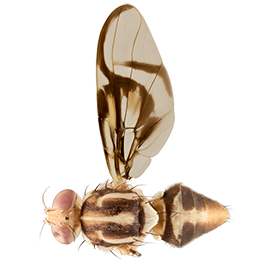Diagnosis
Morphological – adult
This species belongs to the serpentina-group.
Features include:
- frons without brown markings except ocellar tubercle, or with paired brown mark on orbital plate, separate from mark on ocellar tubercle
- scutum with mostly dark brown base colour strongly contrasting with lighter stripes
- scutum posteriorly without brown or orange brown markings (scutum predominantly brown)
- scutellum entirely yellow or with dark markings only on extreme base of disk
- subscutellum very dark, with lighter brownish or yellowish spot/stripe dorsally
- wing with typical Anastrepha pattern (S-band complete or at most interrupted at crossvein r-m, C-band and at least proximal arm of V-band present), very dark markings, C-band and S-band connected, S-band slender and not connected to the V-band, apical arm of V-band absent
- abdominal tergites mostly brown with a somewhat ‘T-shaped’ medial yellow or white area
- mesopleuron partially brown
- aculeus length 2.55 – 3.85 mm
- aculeus tip length 0.35 – 0.50 mm
- aculeus tip width 0.14 – 0.17 mm
- lateral margins not curved laterally
- serrated part 0.5 – 0.7 times length of tip.
Morphological – larvae
Information not available.
Molecular
DNA barcoding
BOLD reference data available, but not well resolved amongst a number of other species in BOLD.
Low divergence clades may be apparent and used in conjunction with other information about the specimen may still be sufficient to make a confident identification.
COI data
A. serpentina ASR001 Classic morphology Folmers COI
PCR-RFLP Test 1
BsrI: Does not cut
HinfI: Does not cut
HhaI: Does not cut
Sau3AI: 200, 530
SnaBI: Does not cut
SspI: Does not cut
Vspl: 250, 420
Approximate ITS1 fragment length – gel: 750 bp.
PCR-RFLP Test 2
AluI and DdeI are fully diagnostic.
AluI: 800-790, 340-330, 240,120
DdeI: 830-800, 270, 220, 210
Gallery
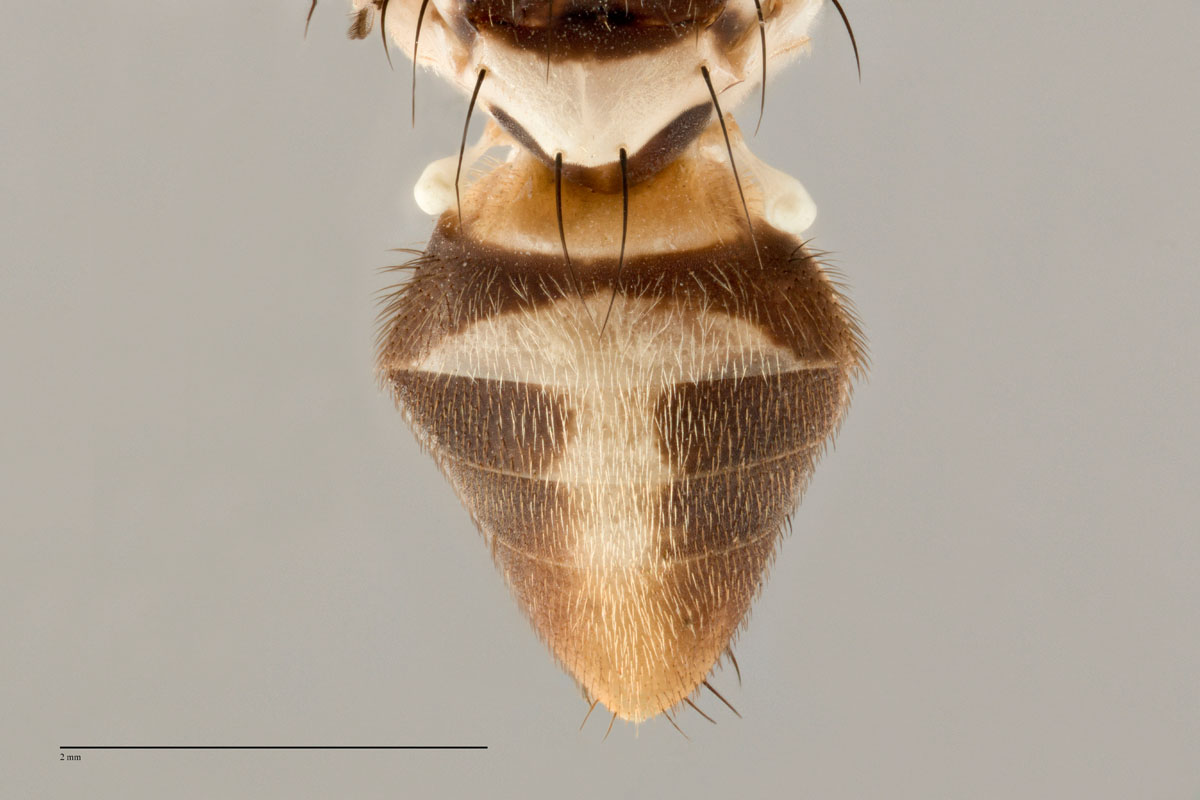 link
link Anastrepha serpentina - Abdomen Dorsal Classic ASR001
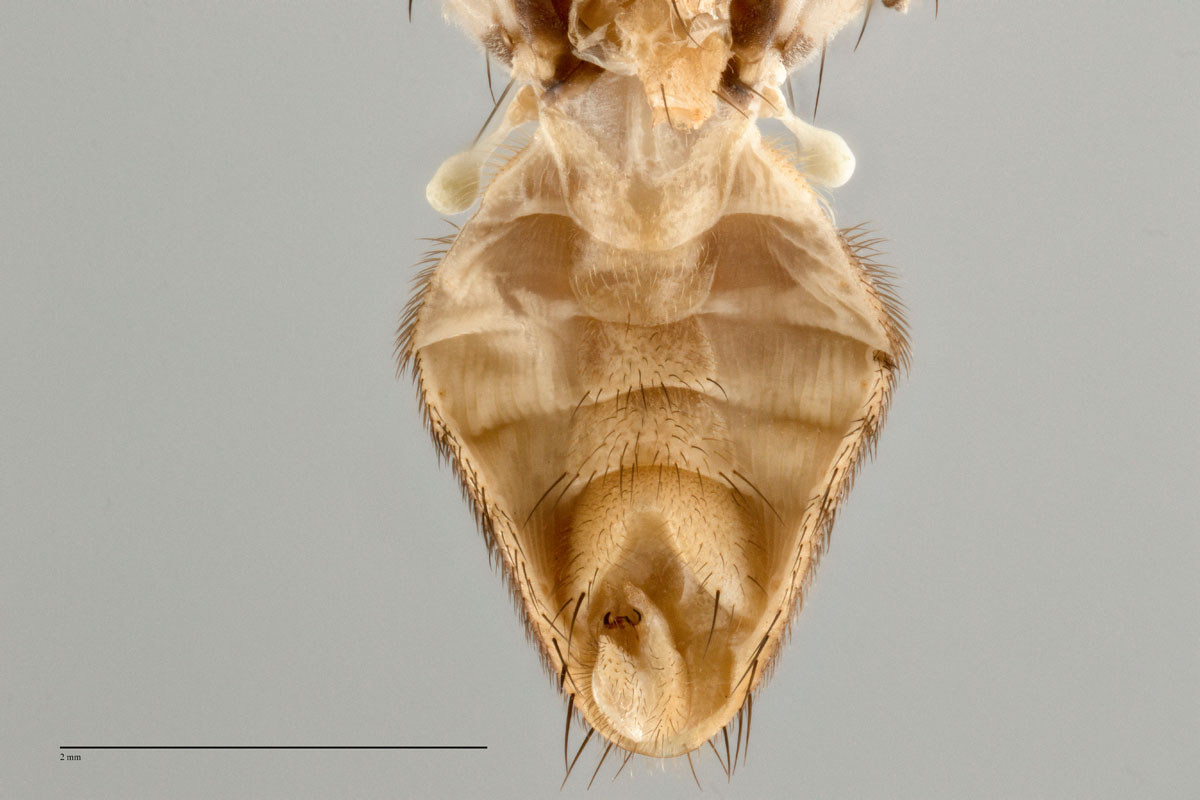 link
link Anastrepha serpentina - Abdomen Ventral Classic ASR001
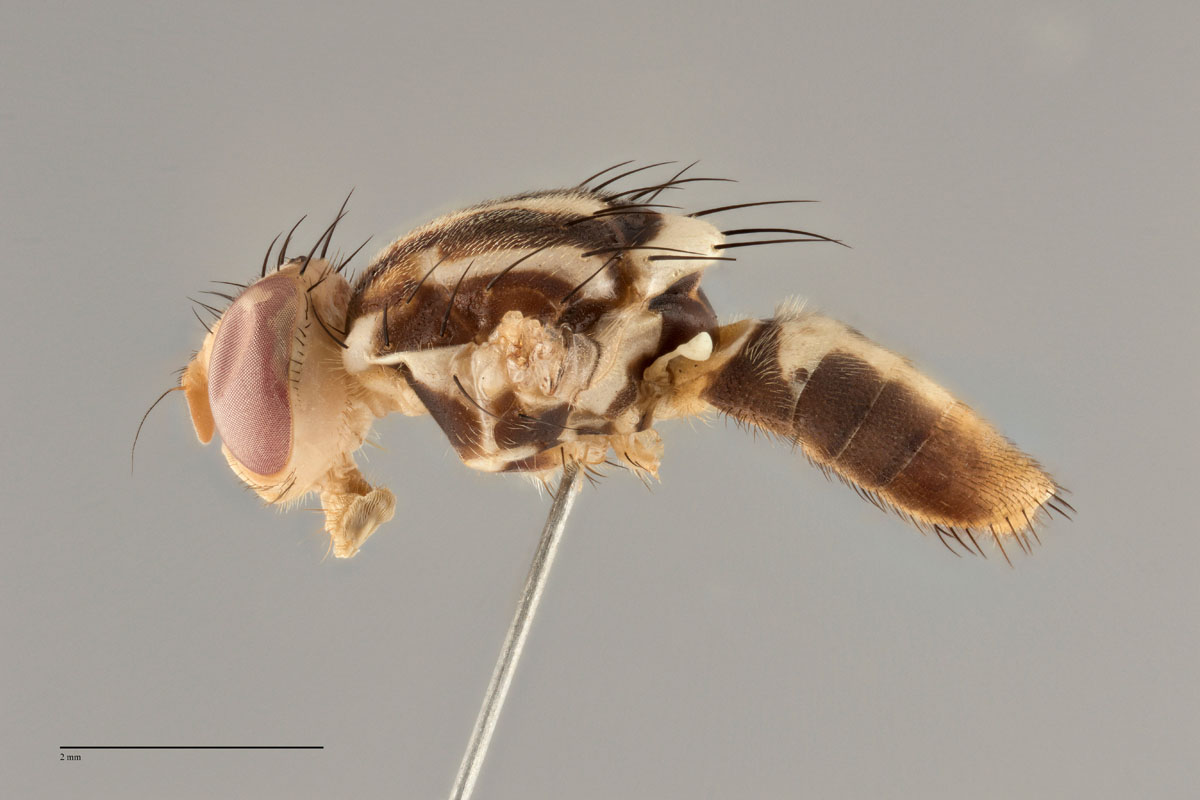 link
link Anastrepha serpentina - Entire Body Lateral Classic ASR001
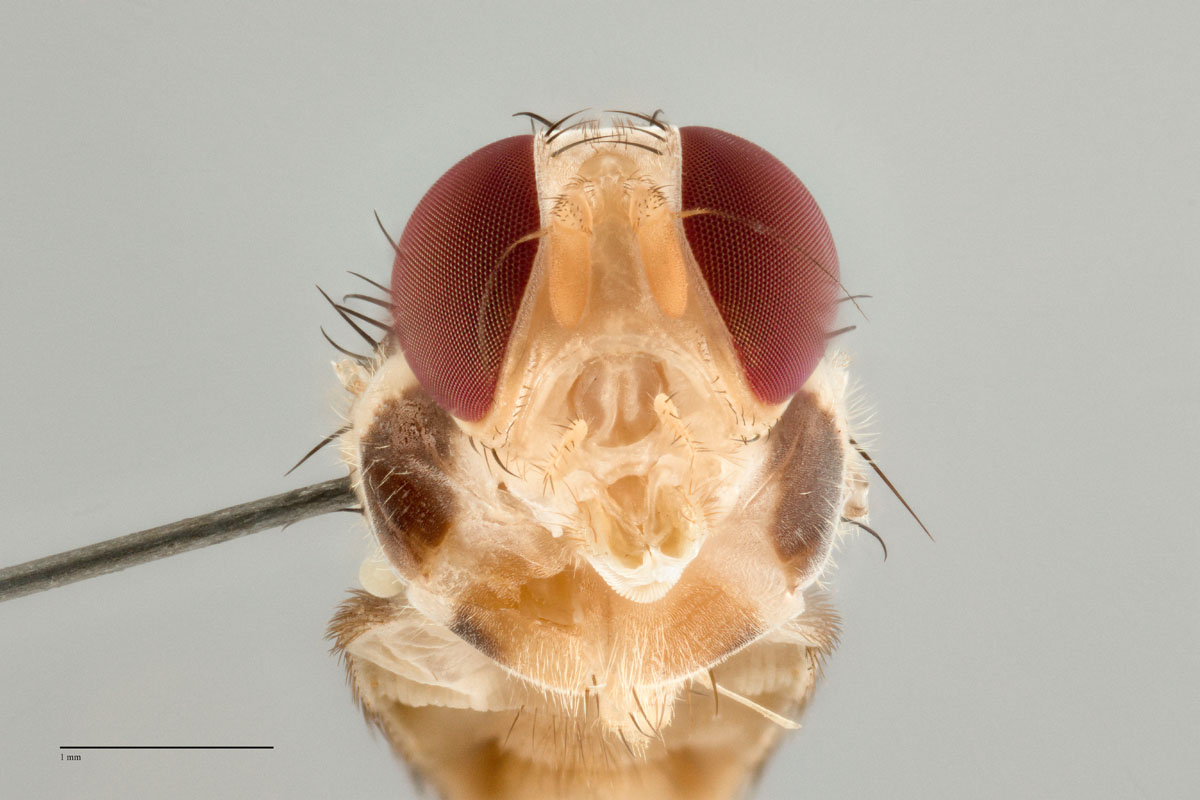 link
link Anastrepha serpentina - Head Classic ASR001
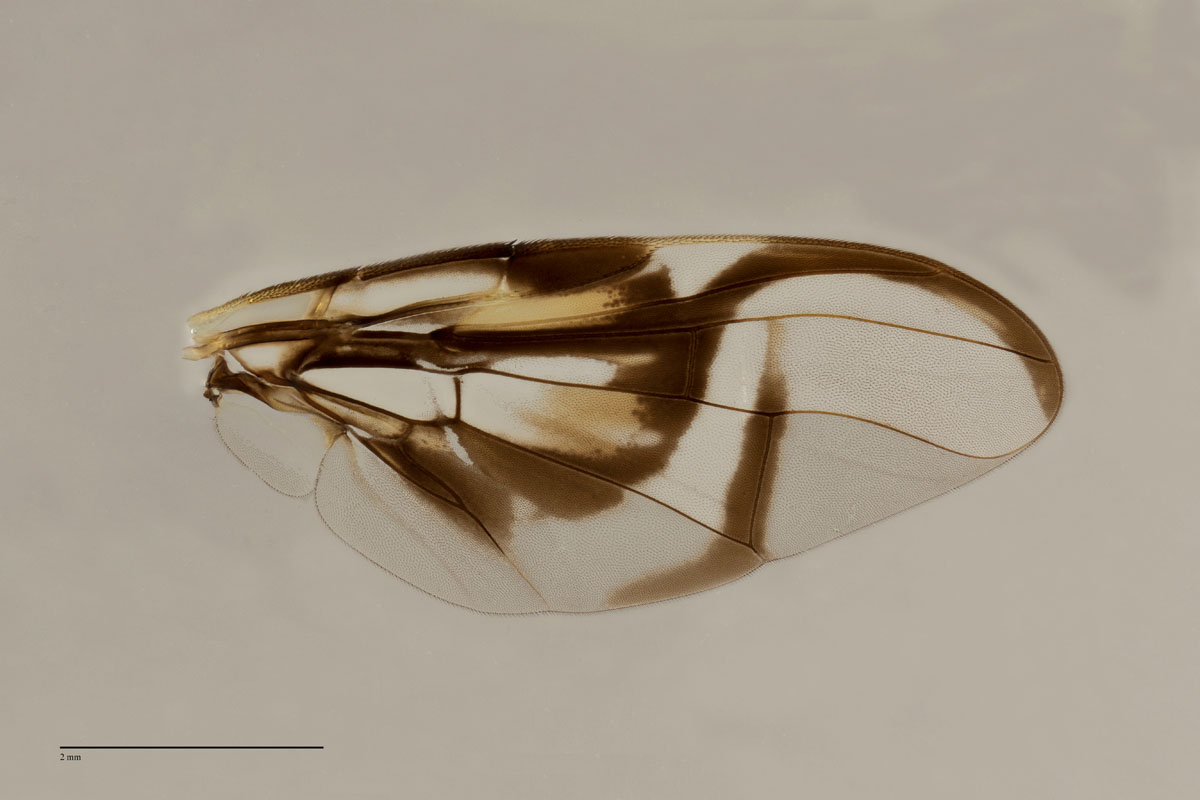 link
link Anastrepha serpentina - Right Wing Classic ASR001
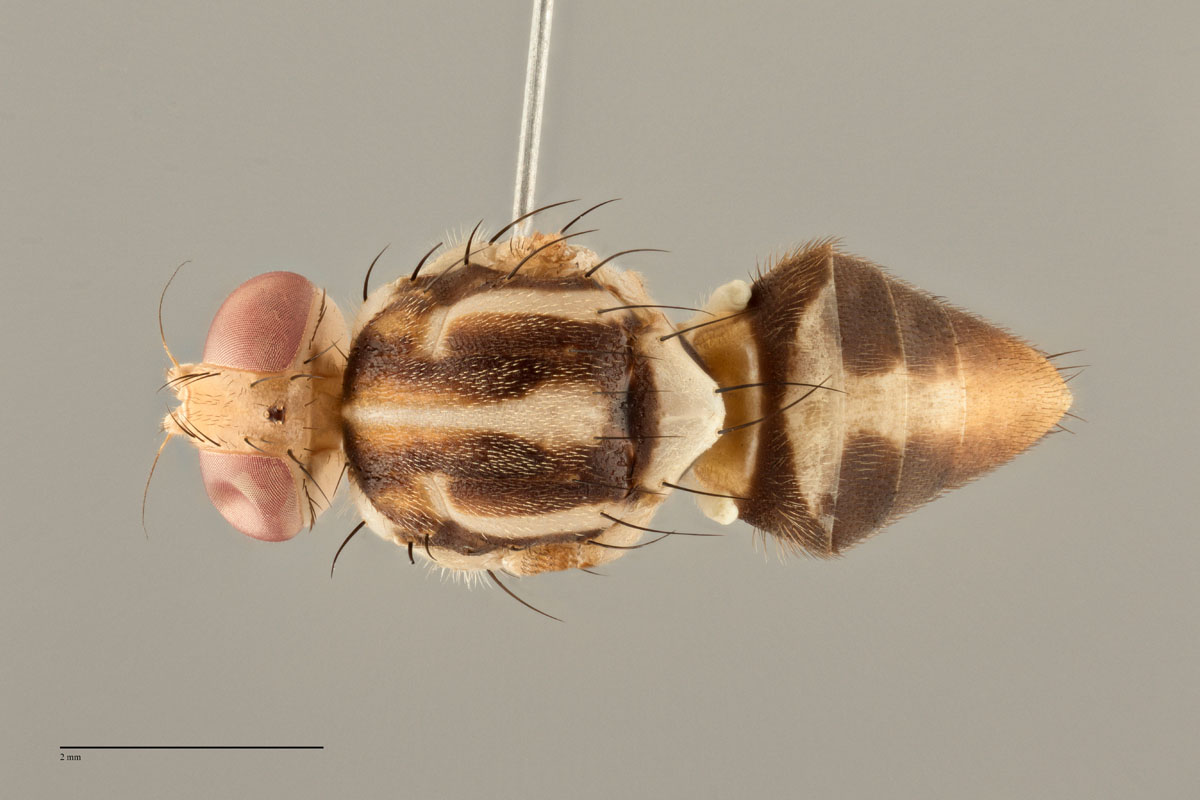 link
link Anastrepha serpentina - Scutum Pattern Classic ASR001
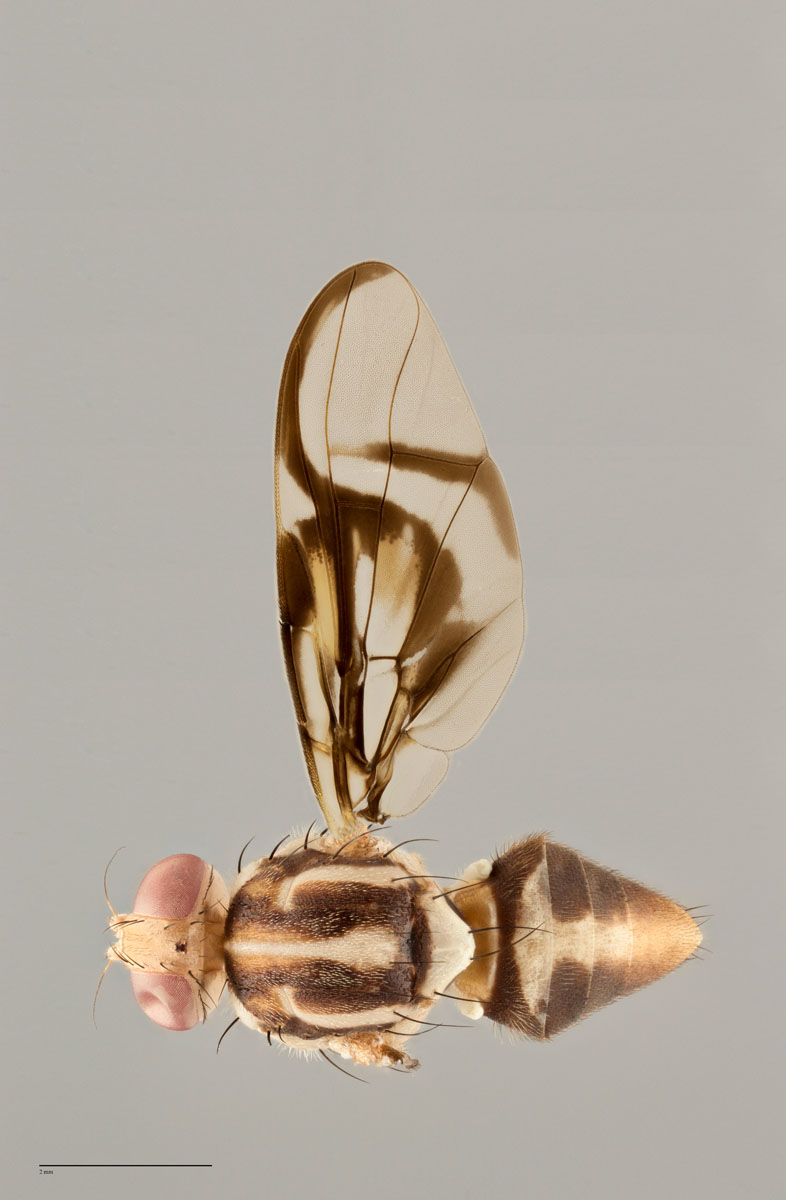 link
link Anastrepha serpentina - Scutum Pattern Classic with Wing ASR001
Host Range
Anastrepha serpentina has been recorded on at least 45 hosts from 17 families, predominantly from the family Sapotaceae, but also including:
- Anacardiaceae
- Annonaceae
- Clusiaceae
- Lauraceae
- Myrtaceae
- Rosaceae
- Rutaceae
Major commercial hosts
- Chrysophyllum cainito (cainito)
- Citrus species
- Manilkara zapota (sapodilla)
For a full list of recorded hosts see CABI 2007.
Distribution
Northern Mexico south to Peru and northern Argentina (including Mexico, Belize, Costa Rica, Guatemala, Honduras, Netherlands Antilles, Panama, Trinidad and Tobago, Brazil, Colombia, Ecuador, French Guiana, Guyana, Peru, Suriname, Venezuela, northern Argentina, Bolivia, Paraguay, Nicaragua. Also known from Trinidad and Tobago and Curaçao (Norrbom 2003).
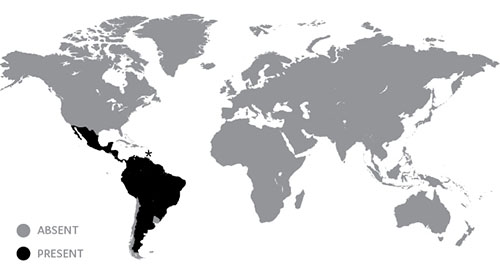
Similar species
Anastrepha serpentina is very distinctive due to its very dark colour pattern and unlikely to be confused with any major pest species. It belongs to the serpentina-group which contains two of the most economically important Anastrepha pest taxa: A. serpentina and A. striata.
Anastrepha serpentina can be readily distinguished from A. striata due to markedly different colour patterns. See Norrbom 2002 for a key to serpentina-group species. Note, however, that other publications place A. striata into the striata-group; not the serpentina-group.
Pest Status
- Exotic
- An important pest in the American tropics and subtropics, especially of sapotaceous fruits
- Also recorded as attacking mango, several citrus species, apple, peach, and quince
Attractant/Lure
No known record, but can be captured in traps emitting ammonia
